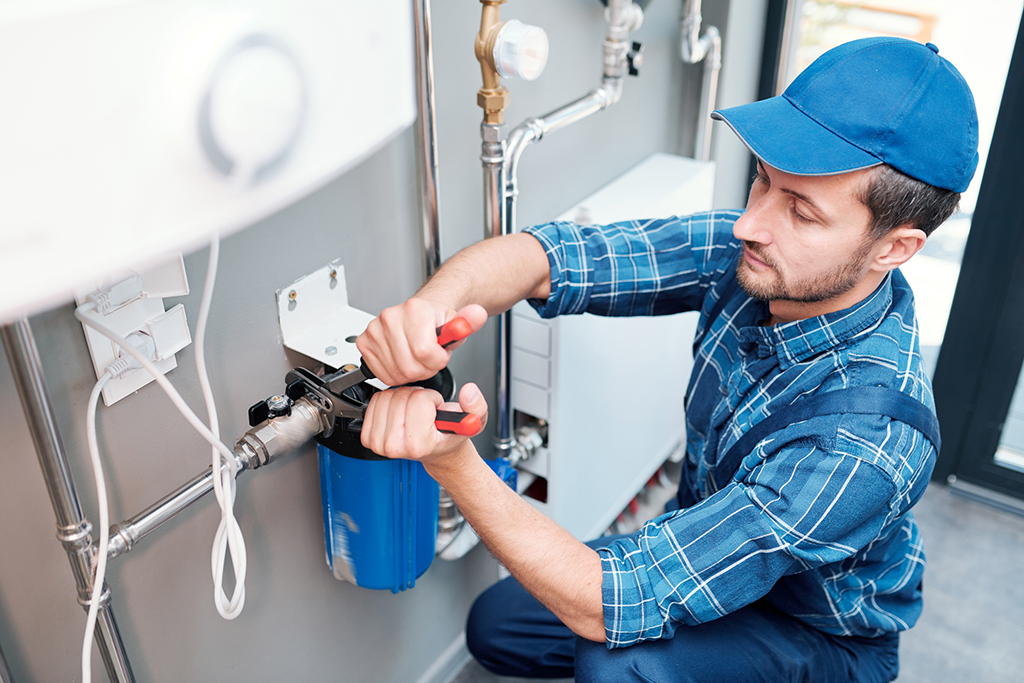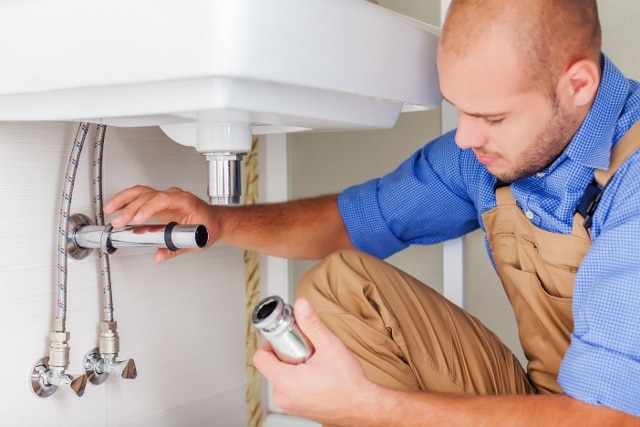They are making several good pointers about DIY Plumbing Projects and When to Call a Professional as a whole in this post which follows.

Intro
Pipes concerns can range from minor hassles to significant frustrations, frequently triggering house owners to make a decision in between dealing with the issue themselves or employing a specialist plumbing professional. Recognizing when to DIY and when to look for expert help can conserve time, money, and protect against possible disasters. This short article explores the aspects to take into consideration when making this essential choice.
Benefits of DIY Plumbing
Taking on plumbing jobs on your own can be rewarding in several means, especially for less complex tasks.
Expense Cost savings
DIY plumbing projects frequently conserve cash by staying clear of professional service charge. Tasks like dealing with small leakages, replacing faucets, or mounting brand-new showerheads are instances where homeowners can handle repair services without working with a plumbing technician.
Ability Enhancement
Engaging in do it yourself pipes supplies an opportunity to learn and enhance useful skills. Fundamental jobs empower home owners to understand their plumbing systems much better and gain confidence in managing tiny repair work separately.
Dangers of Do It Yourself Plumbing
While DIY tasks provide advantages, certain threats should be meticulously thought about prior to trying fixings.
Intricacy of Tasks
Some plumbing issues require specific expertise and devices past regular property owner capabilities. Mishandling intricate issues can cause additional damage and pricey repair services.
Safety and security Worries
Collaborating with plumbing systems includes threats such as direct exposure to water damage, potential for electric risks, and taking care of tools improperly. Safety safety measures have to be observed to prevent crashes and guarantee reliable repair work.
Indicators to Call a Professional Plumbing
Acknowledging when a pipes problem surpasses do it yourself capacities is vital to stop aggravating problems.
Signs of Facility Problems
Instances consist of:
Trigger expert intervention is needed to deal with these concerns efficiently and minimize damage.
Do It Yourself Plumbing Tips
For successful DIY pipes, it's necessary to be prepared with the right devices and adhere to appropriate procedures.
Basic Tools and Products
Secret tools for do it yourself pipes:
Step-by-Step Guides
Clear directions make sure safe and efficient do it yourself repair services:
Selecting the Right Time to DIY
Identifying when to tackle pipes jobs yourself needs assessing both the complexity of the concern and individual convenience degrees.
Evaluation Checklist
Think about:
When to Certainly Call an Expert
Particular scenarios require instant expert attention to avoid extensive damage or security threats.
Instances consist of:
Finding and Working With a Specialist Plumber
Choosing a qualified plumbing professional guarantees reliable solution and peace of mind in fixing pipes problems.
Criteria for Choice
Aspects to take into consideration:
Expense Analysis: DIY vs. Expert Providers
Comparing the monetary ramifications of DIY initiatives versus professional pipes solutions helps in making educated decisions.
Financial Considerations
Evaluate:
Final thought
Choosing whether to DIY or call a professional plumber hinges on recognizing the intricacy of plumbing concerns and individual abilities. By considering the advantages and dangers, homeowners can make enlightened choices that advertise reliable upkeep and safeguard their homes from plumbing catastrophes.
DIY Plumbing Projects: What Homeowners Can Do and When to Call a Professional
Welcome to our comprehensive guide on DIY plumbing projects. In this blog post, we aim to empower homeowners with the knowledge and skills to tackle basic plumbing tasks around the house. From unclogging drains to fixing a leaky faucet, we’ll walk you through step-by-step instructions on how to handle these common issues.
However, not all plumbing problems can or should be solved with a DIY approach. Recognizing when a problem is beyond your skill level and requires professional intervention is just as important as knowing how to perform basic tasks. We’ll also discuss the signs that indicate it’s time to put down your tools and pick up the phone to call a professional plumber. By understanding when to DIY and when to call a professional, you can save time, avoid potential disasters, and ensure your home’s plumbing system remains in top shape.
Understanding Plumbing Basics
Before we dive into the DIY projects, let’s take a moment to understand the basics of your home’s plumbing system. A typical residential plumbing system consists of two major components: the water supply system, which brings fresh water into your home, and the drainage system, which removes waste water. These systems are made up of a network of pipes, valves, and fixtures that work together to deliver clean water and dispose of waste efficiently.
Regular maintenance of your plumbing system is crucial to prevent minor issues from escalating into major problems. This includes tasks like checking for leaks, removing minor clogs, and ensuring your pipes are insulated for winter. By performing these tasks regularly, you can extend the lifespan of your plumbing system, save money on water bills, and maintain the comfort and hygiene of your home.
In the following sections, we’ll explore some common DIY plumbing projects that homeowners can handle, as well as situations that require the expertise of a professional plumber. Whether you’re a seasoned DIY enthusiast or a beginner, this guide will provide you with valuable insights into the world of home plumbing.
DIY Plumbing Projects Homeowners Can Handle
Plumbing may seem intimidating, but there are several tasks that homeowners can confidently tackle with a little guidance and the right tools. Here are a few common issues you might encounter and how to address them.
Unclogging Drains
Use a Plunger: This is your first line of defense. A good old-fashioned plunger can dislodge the obstruction and clear the drain in many cases. Try a Plumber’s Snake or Hand Auger: If the plunger doesn’t work, a plumber’s snake or hand auger can reach deeper into the pipe to break up the clog. Use a Drain Cleaner: If physical methods fail, a chemical drain cleaner can dissolve the clog. However, use these products sparingly as they can damage your pipes if overused.

I recently found that piece on DIY vs. Professional Plumbing Repairs: When to Call a Pro while doing a lookup on the web. Appreciated our posting? Please quickly share it. Let someone else discover it. Thanks a lot for going through it.
Book Today!